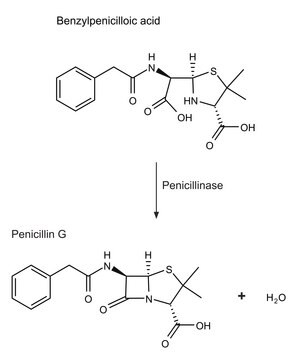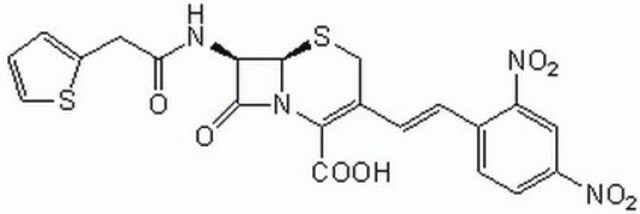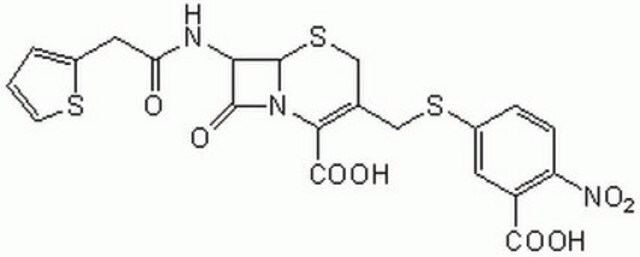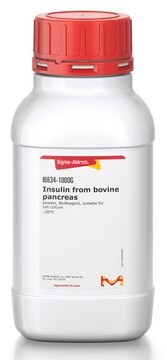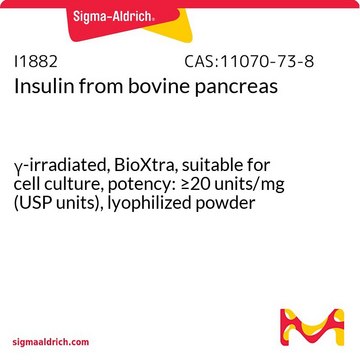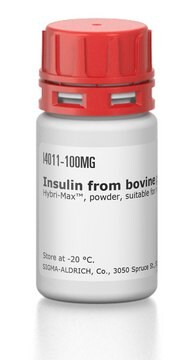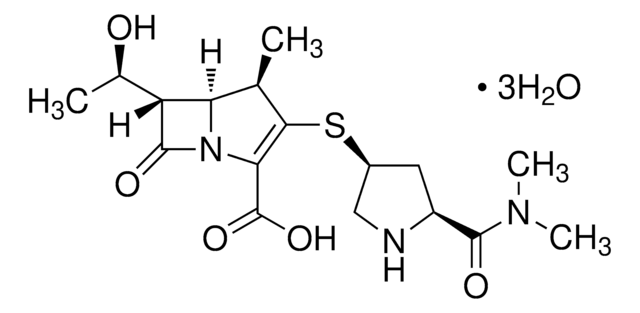L6170
β-Lactamase
recombinant, expressed in E. coli
Synonym(s):
Carbapenemase, Cephalosprinase
Select a Size
€54.30
Select a Size
About This Item
€54.30
Recommended Products
recombinant
expressed in E. coli
Quality Level
form
powder
specific activity
≥20 U/mg (with cephalosporin C)
≥400 U/mg (with benzylpenicilin)
storage temp.
2-8°C
1 of 4
This Item | I1882 | I4011 | I0516 |
|---|---|---|---|
| Quality Level 200 | Quality Level 200 | Quality Level 200 | Quality Level 400 |
| product line BioReagent | product line BioXtra | product line - | product line BioReagent |
| form powder | form lyophilized powder | form powder | form solution |
| technique(s) cell culture | mammalian: suitable, single cell analysis: suitable | technique(s) cell culture | mammalian: suitable | technique(s) cell culture | hybridoma: suitable | technique(s) cell culture | mammalian: suitable, single cell analysis: suitable |
| shipped in ambient | shipped in ambient | shipped in ambient | shipped in ambient |
General description
Application
Biochem/physiol Actions
Unit Definition
Physical form
Storage Class Code
11 - Combustible Solids
WGK
WGK 3
Flash Point(F)
Not applicable
Flash Point(C)
Not applicable
Choose from one of the most recent versions:
Already Own This Product?
Find documentation for the products that you have recently purchased in the Document Library.
Customers Also Viewed
Our team of scientists has experience in all areas of research including Life Science, Material Science, Chemical Synthesis, Chromatography, Analytical and many others.
Contact Technical Service

